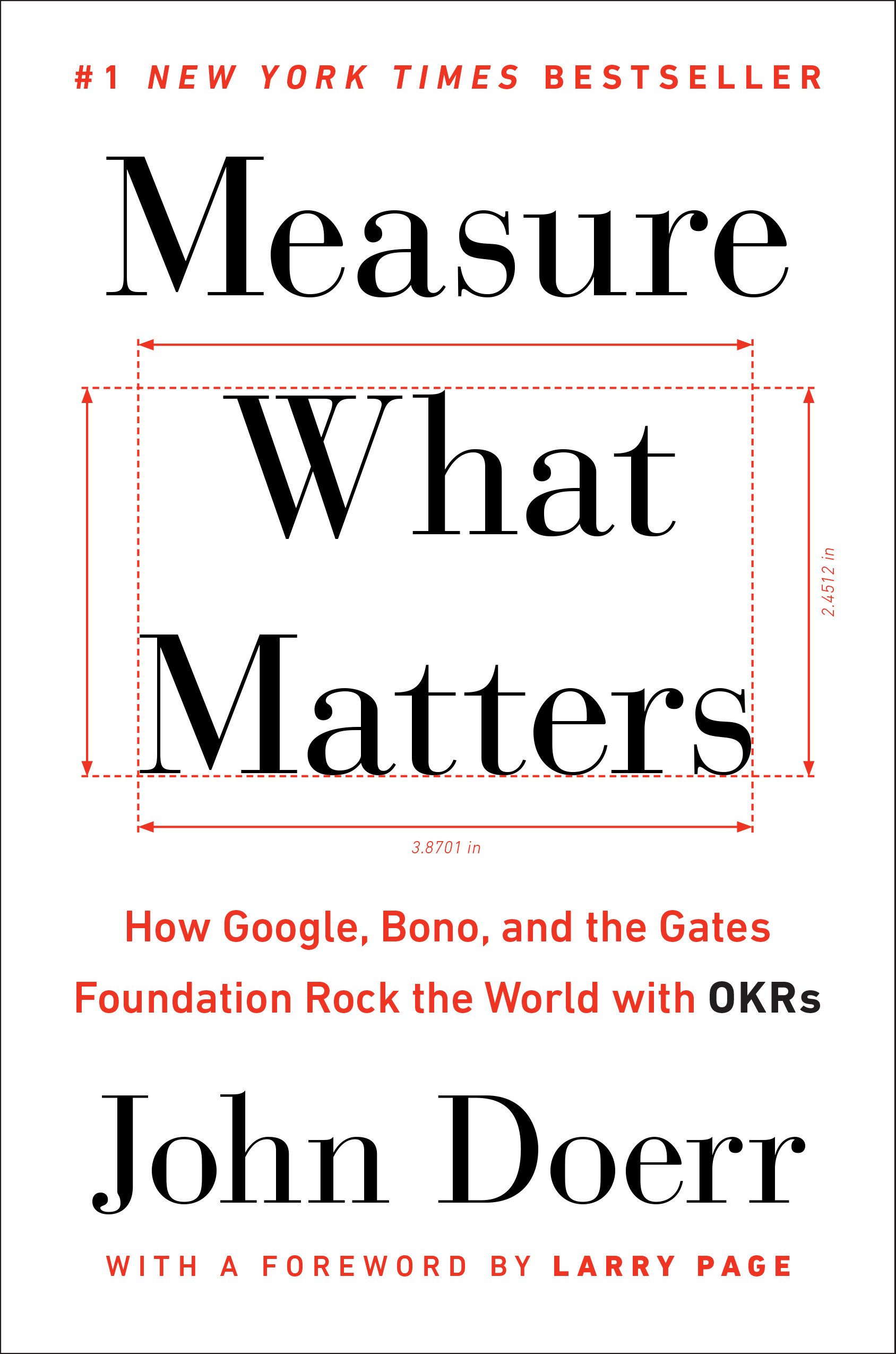
Measure What Matters: How Google, Bono, and the Gates Foundation Rock the World with OKRs
- OKRs stand for Objectives and Key Results. Objectives are tangible and unambiguous goals, and Key Results are measurable milestones that will advance objectives. They are used by successful companies like Google, Intel, Amazon, and Facebook.
- OKRs are shared publicly. This (a) encourages ownership and commitment, (b) creates alignment to top-level objectives, (c) promotes cross-departmental interaction, and (d) enables the company to learn what all frontliners think is important for the company.
- There are two types of OKRs. Committed OKRs are goals that must be achieved, while Aspirational OKRs are super-stretch goals that allow you to dream big.
- OKRs work hand-in-hand with continuous performance management (CPM), which enable real-time tracking of progress and real-time feedback.
- The tool for CPM is CFRs: Conversations, Feedback, and Recognition. This entails (a) 360-degree feedback, (b) performance based and horizontal recognition to crowdsource meritocracy, and (c) conversations on (i) goal setting/reflection, (ii) two-way coaching, (iii) career discussions, and (iv) lightweight performance reviews.
FYI, the Resources section has a lengthier summary and a decent guide on implementing OKRs in your organisation.